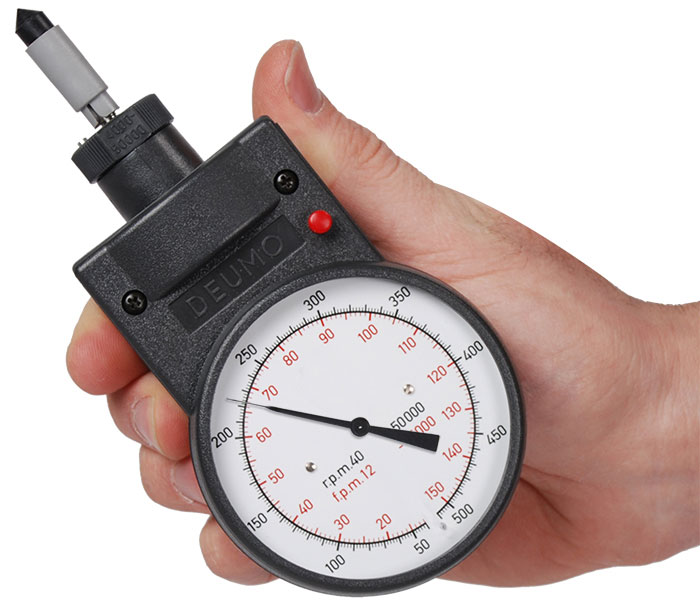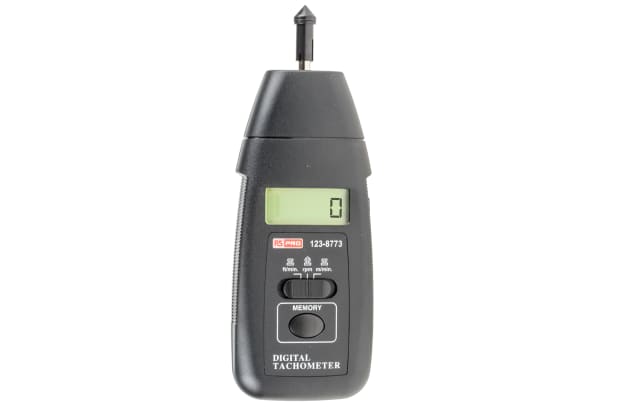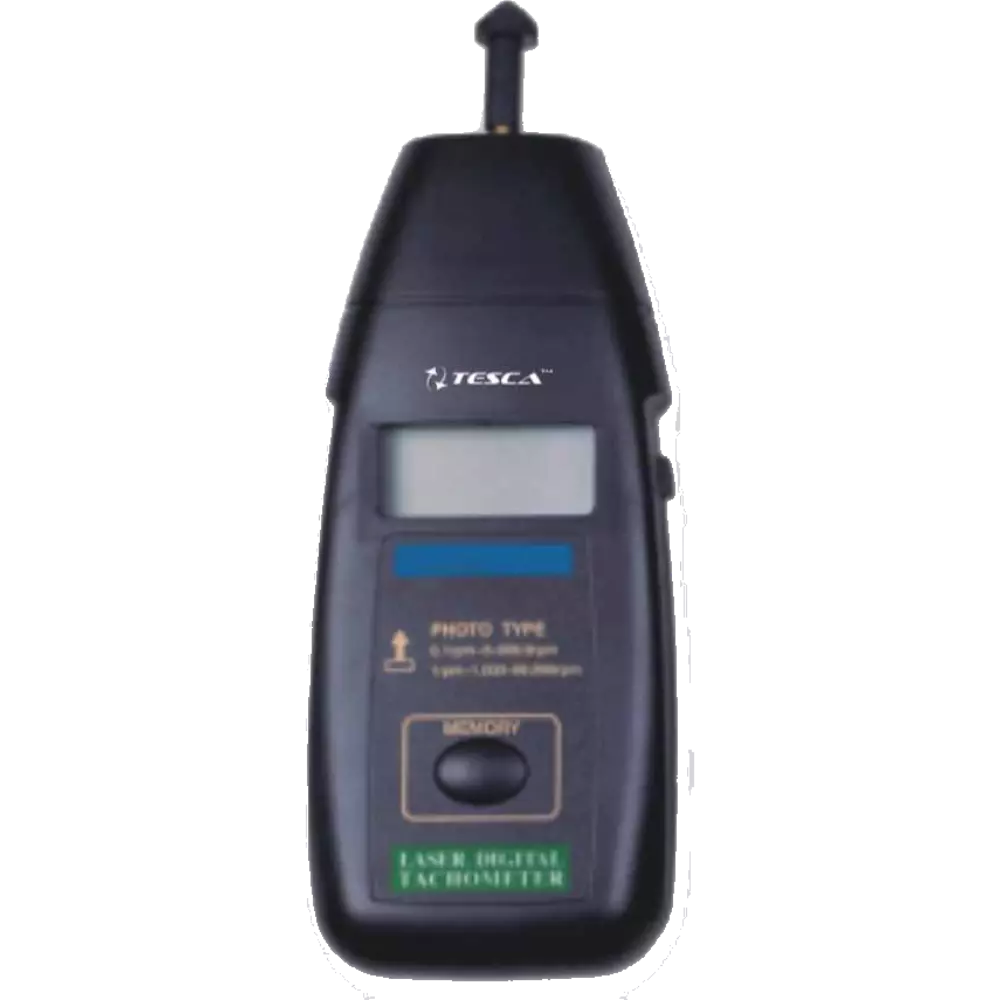The Relevance of a Tachometer in Keeping An Eye On Engine Speed and Efficiency in Automotive Applications
In the realm of auto design, the tachometer stands as a pivotal tool in the driver's toolbox, supplying a direct window right into the internal operations of a car's engine. Past its feature as a simple scale of transformations per min (RPM), the tachometer acts as a vital device for lovers and professionals alike, supplying real-time insights into engine efficiency and health and wellness. Recognizing the value of this tool exceeds surface-level monitorings, delving right into the complex connection in between engine speed, power result, and total driving experience. As we discover the complex duty of the tachometer in automobile applications, a deeper gratitude for its impact on car dynamics and performance starts to arise.
Significance of Monitoring Engine RPM
Keeping track of engine RPM, or revolutions per minute, is a critical aspect of automobile upkeep and performance assessment. Engine RPM directly associates with the speed at which the engine's crankshaft revolves, indicating how swiftly the engine is running - tachometer. By keeping an eye on RPM, mechanics can examine the health of the engine, identify prospective concerns, and fine-tune efficiency. An unusual RPM analysis might signal problems such as engine misfires, damaged ignition system, or issues with the gas distribution system. Constantly high RPM readings could show hostile driving practices or the demand for a higher equipment shift to enhance fuel effectiveness.
In addition, keeping an eye on engine RPM is crucial for efficiency examination in auto racing and high-performance lorries. Keeping optimal RPM degrees is critical for achieving peak power output and velocity. Racers usually make use of tachometers to ensure they are running within the ideal RPM variety for optimum efficiency. In summary, checking engine RPM is not just important for discovering issues yet also for maximizing engine performance in various automotive applications.

Benefits of Real-Time Information
In automotive applications, real-time data plays a critical function in providing instant insights right into the efficiency and condition of the automobile. By continuously keeping an eye on numerous criteria such as engine rate, temperature level, fuel consumption, and more, real-time information supplies numerous benefits that add to boosted performance and safety and security on the road.
One significant benefit of real-time data is its ability to sharp motorists and service technicians to any type of anomalies or issues without delay. This proactive approach makes it possible for fast recognition of prospective problems, enabling timely treatments to avoid more damage or breakdowns. Additionally, real-time data promotes performance optimization by supplying instant responses on driving practices and engine performance. Chauffeurs can change their habits in real-time based on this info to accomplish far better fuel economic climate and prolong the life-span of their car.

Furthermore, real-time information plays an important role in modern auto diagnostics, enabling technicians to swiftly diagnose and resolve breakdowns. This leads to lowered downtime, lower upkeep expenses, and inevitably, enhanced overall car integrity and longevity (tachometer). By using the power of real-time data, vehicle stakeholders can make informed choices that right here favorably influence both the performance and durability of the car
Impact on Equipment Shifts
Reliable gear shifts in automotive applications dramatically influence total performance and driving experience. The tachometer plays a vital duty in optimizing gear changes by giving real-time engine speed information to the chauffeur. When approaching the redline on the tachometer, it signifies the driver to upshift to avoid over-revving the engine and creating possible damages. On the other hand, downshifting at the appropriate minute can aid maintain the engine in its power band, ensuring responsive acceleration when needed.
Moreover, the tachometer aids in attaining smoother equipment changes, particularly in hands-on transmissions. By monitoring engine speed, vehicle drivers can implement equipment shifts at the ideal RPM array, lowering snagging motions and decreasing wear on the transmission components. This accuracy on duty changes not only enhances driving comfort however also adds to sustain performance.
Enhancing Fuel Performance
Given the critical function the tachometer plays in enhancing gear changes for efficiency and engine wellness, it directly adds to making best use of gas effectiveness in vehicle applications. By providing real-time responses on engine speed, the tachometer assists chauffeurs in preserving the most reliable RPM variety for gas economic climate. When drivers continually check the tachometer and readjust their motoring habits as necessary, they can stay clear of unnecessary gas usage brought on by over-revving or carrying the engine.
Moreover, the tachometer helps chauffeurs determine the most fuel-efficient equipment to be in at any type of provided moment, preventing the engine from working more challenging than essential. In conclusion, the tachometer serves as a useful tool in enhancing gas efficiency by promoting ideal driving routines and determining locations for enhancement in the lorry's efficiency.

Optimizing Engine Durability
The tachometer's function in keeping an eye on click to read more engine speed and efficiency is instrumental in making sure the longevity of automotive engines. Keeping an eye on the tachometer enables chauffeurs to remain within the recommended RPM variety for their vehicle, preventing unnecessary pressure on the engine and prolonging its life expectancy.

Conclusion
In verdict, the tachometer plays an essential role in checking engine rate and efficiency in automotive applications. By supplying real-time information on RPM, it permits reliable equipment shifts, improved gas efficiency, and optimized engine long life. This device is crucial for preserving ideal engine efficiency and making sure the overall functionality of a car.